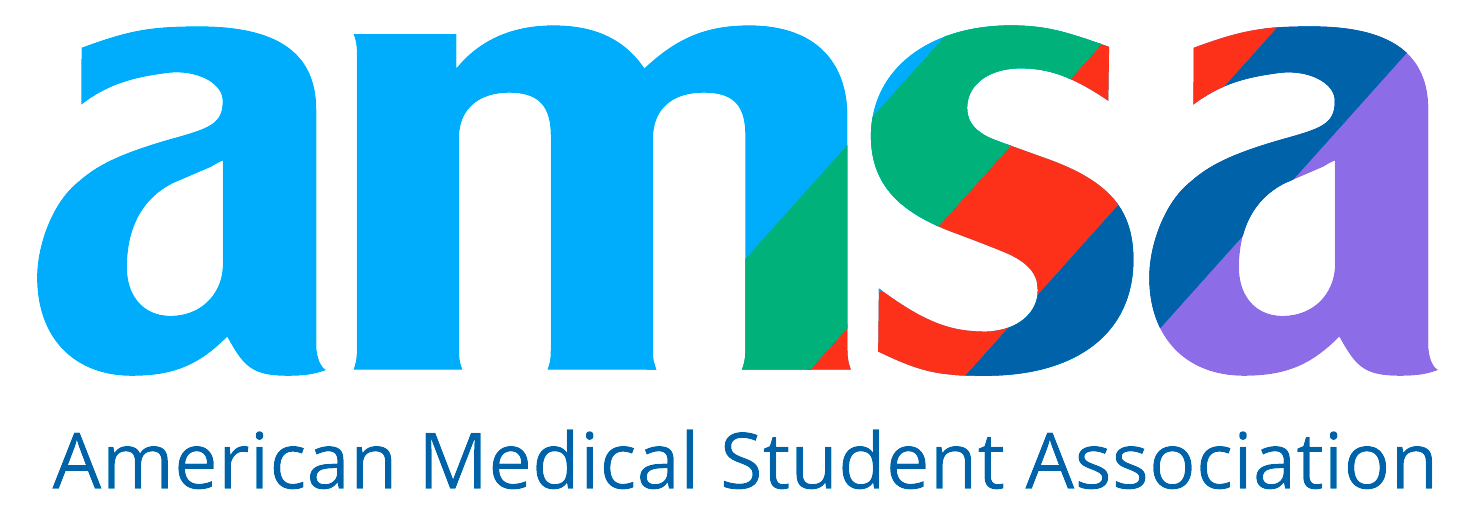Chiropractor Career Path: Education, Licensing & Salary
Go-Elective Abroad
Chiropractor Career Path: Education, Licensing & Salary
Understanding the Chiropractic Profession
Chiropractors are healthcare professionals who focus on diagnosing and treating neuromuscular disorders, primarily through manual adjustment of the spine. Their holistic approach to care emphasizes the body’s natural healing ability and encourages lifestyle changes to support wellness.
Is Chiropractic Care Right for You?
Chiropractic medicine is ideal for students passionate about musculoskeletal health, patient-centered care, and non-invasive treatment options. If you're interested in preventive health and wellness, this field may be your perfect fit.
Step 1: Begin with a Strong Undergraduate Foundation
Choose a Relevant Major
Most chiropractic schools require at least 90 semester hours of undergraduate coursework, though many students complete a full bachelor’s degree. Ideal majors include:
- Biology
- Chemistry
- Kinesiology
- Anatomy & Physiology
- Psychology
Focus on Core Science Courses
Typical prerequisites include:
- General Biology with lab
- General and Organic Chemistry
- Physics
- Anatomy and Physiology
- Biochemistry
- English and Social Sciences
A strong GPA, especially in the sciences, is key to getting into competitive programs.
Step 2: Gain Pre-Medical Experience
Shadow Chiropractors and Other Healthcare Providers
Before applying to chiropractic school, students should gain firsthand clinical exposure through shadowing and volunteering. Shadowing chiropractors and engaging in Go Elective’s pre-health shadowing programs abroad can broaden your understanding of global health systems and musculoskeletal care.
Participate in Internships and Extracurriculars
Admissions committees value applicants with leadership, community service, or healthcare-related internships. These experiences show commitment and help strengthen your application.
Step 3: Apply to an Accredited Chiropractic School
Research Programs and Admission Requirements
Chiropractic education in the U.S. is regulated by the Council on Chiropractic Education (CCE). Admission requirements vary but commonly include:
- A minimum GPA of 3.0
- At least 90 credit hours of undergraduate coursework
- Letters of recommendation
- Personal statement
- Interview (school-dependent)
Consider Location and Specialization Options
Top chiropractic schools to consider include:
- Palmer College of Chiropractic
- Logan University
- Life University
- Parker University
- Sherman College of Chiropractic
Choose a school that aligns with your values, location preference, and potential interest in specialties like sports chiropractic or pediatrics.
Step 4: Complete a Doctor of Chiropractic (D.C.) Program
Overview of Chiropractic School
Chiropractic programs typically last 3.5 to 4 years. The curriculum is divided into:
- Basic sciences (Years 1–2): Anatomy, biochemistry, microbiology, public health
- Clinical sciences (Years 2–4): Diagnosis, radiology, orthopedics, neurology
- Technique and practicum: Spinal manipulation, rehab techniques, patient care
Hands-On Clinical Training
In the final year, students complete clinical rotations under supervision. This includes evaluating patients, performing adjustments, and managing care plans. Some programs offer rotations in hospitals or community health centers.
Step 5: Pass Licensing Examinations
National Board of Chiropractic Examiners (NBCE) Exams
To practice in the U.S., you must pass the four-part NBCE exam:
- Part I: Basic sciences
- Part II: Clinical sciences
- Part III: Case management
- Part IV: Practical exam
Each state may have additional jurisprudence or ethics exams, so check local licensing board requirements.
Step 6: Choose a Specialization or Postgraduate Path
Popular Chiropractic Specialties
Chiropractors can choose to specialize in areas such as:
- Sports Chiropractic
- Pediatric Chiropractic
- Chiropractic Neurology
- Chiropractic Orthopedics
- Functional Medicine
Pursue Certification or Residency
Specialization often requires post-doctoral coursework and board certification. Though less common than in other medical professions, some chiropractors pursue residencies in advanced care settings.
Step 7: Start Your Chiropractic Career
Career Options for Chiropractors
Chiropractors work in various environments:
- Private practice
- Group clinics
- Multidisciplinary healthcare settings
- Rehabilitation centers
- Sports teams
- Military or veteran care
Academic and research roles are also available for those interested in teaching or contributing to evidence-based chiropractic care.
Salaries and Job Outlook
According to the U.S. Bureau of Labor Statistics:
- Median annual salary: $75,000+
- Top 10% earn more than $140,000
- Job growth is projected at 9% through 2032
Demand is growing, especially in wellness-centered and integrative care models.
Step 8: Maintain Licensure and Continue Learning
Continuing Education Requirements
Most states require chiropractors to complete continuing education (CE) credits every 1–3 years. Topics often include:
- Ethics and law
- New treatment techniques
- Diagnostic technologies
- Pain management
Join Professional Associations
Consider joining organizations like:
- American Chiropractic Association (ACA)
- International Chiropractic Association (ICA)
- World Federation of Chiropractic (WFC)
Membership provides networking, research access, and professional advocacy.
Building Your Practice and Personal Brand
Starting vs. Joining a Practice
Graduates may either:
- Start their own clinic (high autonomy, higher risk)
- Join an existing practice (lower overhead, mentorship opportunities)
Success depends on both clinical skills and business acumen, including marketing, scheduling, and patient communication.
Work-Life Balance and Impact
Chiropractors often report high job satisfaction due to:
- Flexible schedules
- Direct patient interaction
- Opportunities to promote holistic health
Their non-invasive, drug-free approach plays a key role in public health and preventive care.
Launch Your Chiropractic Journey with Go Elective
Go Elective offers pre-health students the opportunity to explore hands-on shadowing programs in Kenya and Tanzania. If you're considering chiropractic or any healthcare path, our programs provide invaluable exposure to patient care, musculoskeletal conditions, and cultural insights in global health.
Explore Go Elective’s healthcare internships or learn more about how international clinical experience can prepare you for a career in chiropractic medicine.
Article Details
Categories
Recent Articles , Pre-health, Medical Electives,
Author: Go-Elective Abroad
Date Published: May 8, 2025
Travel with us.
Inquire Today!
Go Elective offers immersive opportunities for medical students, pre-med undergraduates, residents, nursing practitioners, and PAs to gain guided invaluable experience in busy hospitals abroad. Discover the power of study, travel, and impact.






